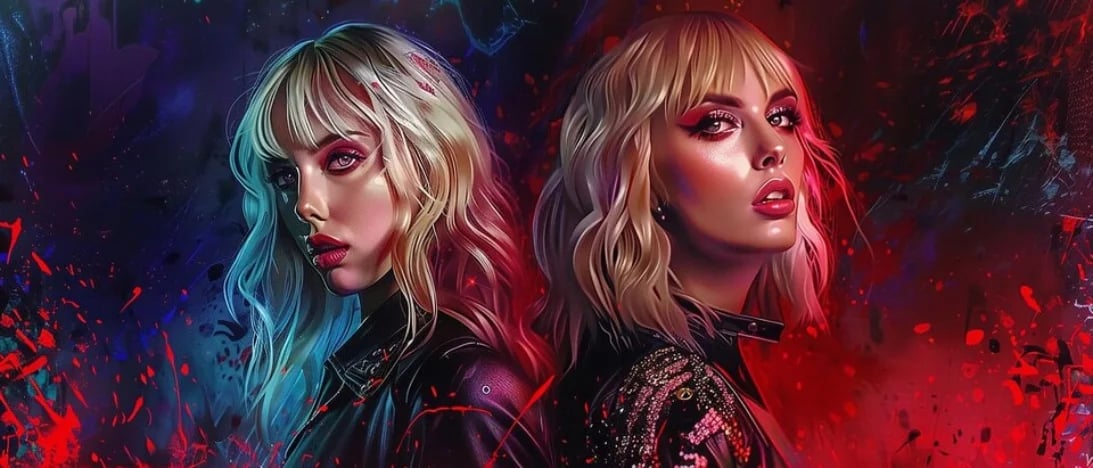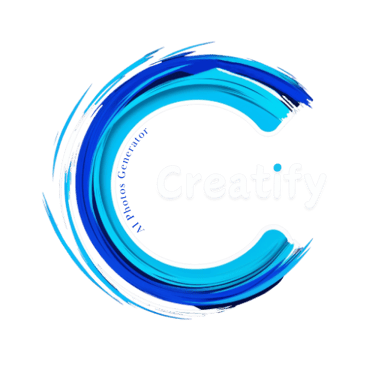AI Picture Generator for Gangs: Dynamic Images for Bold Impact


The advent of AI picture generator for gangs has changed the game in creating and consuming digital images. Today however, it is possible to use tools like DALL-E, Adobe Firefly, Midjourney and Microsoft Designer (based on Ai approaching Arti) that allow everyone to create high-quality photo-realistic images from nothing more than a text prompt. But with emerging technologies, there are always worries that AI picture generators can be abused — as is the case when it comes to producing images for things like gang-related crimes.
This post walks through the capabilities of AI image makers, whether you should ethically use them and some common questions on this technology.
Photo by Franck V. on UnsplashThe Dominance of AI Image Generators
These AI picture generators convert text to an image using many-layered neural networks. Output: These are models which have been trained over large datasets of images and text in order for them to understand the textual-visual spaces. Top AI Picture Generators are:
DALL-E: Developed by OpenAI, this AI model creates very detailed and creative images from the given text statements. Now it is synonymous with AI art and users can create anything from cartoon-like characters to hyper-realistic portraits.
Midjourney: Midjourney prides itself on the quality of its creative outputs, showcasing AI-generated images that seem close to digital art or a design conceptual sketch. The service was used by creative professionals in the search for an inspiring or a visualization tool for storytelling and world building.
Adobe Firefly: Included in Adobe's creative suite, Firefly adds AI-generated image synthesis to recognised tools like Photoshop. Its utility lies in guiding users to design premium visuals whose features include generative fill, color grading and composition enhancements.
Microsoft Designer: As part of Microsoft's design suite, Designer uses AI to provide you with professional-looking pictures within seconds. And for marketers, content creators and small businesses looking to create images for social media or other promotional material.
They have uses far from being used in entertainment, and in areas such as Digital Marketing and even Education & Research. This makes them an accessible, and fast resource for any one wanting quick easy visual treatments.
Also read >>> https://creatify.click/deepfake-ai-image-generator
Ethical Concerns: The Dark Side of AI Image Generation
Just like many high-powered technologies, AI picture generators have also brought about certain ethical question marks — especially when they are used in sensitive or illegal phenomena, such as gang-related activities.
Gang Imagery
Gangs typically have a way of identifying their group and marking their territory by use of symbols, colors, and imagery. Those visual markers have a history of being linked to murder and mayhem in the real world. Today, the worry is that AI picture generators could be weaponized to produce gang-themed images for any number of uses — recruitment, intimidation or online glorification among them.
Also read >>> https://creatify.click/ai-pictures-generator
Concerns with AI-led gang imaging
Perpetuation of Negative Stereotypes: Images of gangs produced by AI could perpetuate certified ideas about marginalized communities. Because AI tools are frequently developed using large datasets, it may also be the case that specific demographics may not be proportionally represented in training data and as a consequence narratives of certain groups can continue to suffer.
Spreading False Information: Used recklessly, AI-generated content may be used to inspire violence, promote gang culture or threaten others. While traditional image editing software requires some time and skills to create such images, the AI tools let everyone easily generate a wide diversity of harmful outputs.
Lack of Content Moderation: This makes it clear that the level of protection being offered by AI and their content moderation systems is circumstantial, and while many AI web hosting platforms have their own guidelines as well, the technology often falls short. In an attempt to prevent generation of explicit or biased content, one solution is to allow users negative prompts, but enforcing these rules is hard. All of these still have holes — malicious users can find their way around such requirements.
Algorithmically generated images (deepfakes): AI-created images can be used to make convincing and faked images or videos of people These images might be used to falsely identify someone or to otherwise place context around a person they want to frame for crimes, or even more sinister purposes i.e. using misinformation against rival gangs.
How to Deal with the Ethical Issues
Given this, any one of these is what you can do to fight against AI picture generators being used in the wrong way:
More Strict Moderation: AI should be applied to enforce more strict moderation policies and prevent the creation of dangerous or illegal content But previously that might mean more powerful filters, flagging of images to be reviewed by staff and banning users who broke terms of service.
User education: users must understand the ethics of AI image generators. Platforms can promote more responsible use and memorable consequences for creating harmful content to help address the loss of civility on internet.
Working With Law Enforcement: In severe cases, the AI platforms might need law enforcement to serve as a means for stopping illegal uses of their tools such as the development of gang-related imagery used in illicit activities. It would include exchanging intel on users who regularly breach content policies.
Better AI Training: AI models shouldn't be trained only in biased datasets. This can help to avoid the production of images embodying negative stereotypes or harmful narratives surrounding certain groups.
AI Picture Generators Use Cases
The technology behind AI picture generators is full of ethical concerns, but on the flip side, this technology has an infinite amount of wonderful and creative uses. These are some of the most popular use cases for AWS Glue.
Marketing and Branding: AI-Generated Images can be used to design logos, promotional photos, and product mockups for Businesses. This is ideal, especially for small businesses with tight resources.
Content Creation: Bloggers, Influencers and Social Media Managers can leverage AI tools to create visuals that pops with their content. Adding images to the site is easily one of contributor's favourite features — Being able to whip up high-quality photos in seconds seems to make everything better.
Art and Design: AI image generators inspire artists and designers to open up new avenues of creativity. A lot of professional use these tools to lay-read their ideas, do some concept art or make their work even better.
Learning and Research: For a teacher, or for research purposes, AI created images can be used as diagrams to enable visual understanding of concepts which are difficult in nature, material for teaching resource (like ppt) at the time of presentation to make it more engaging by incorporating related videos and images based on topic.
Conclusion
AI picture generators go a long way in completely altering creativity, opening doors to infinite digital content. But advances in the technology are causing an increase in ethical problems, especially when it is used to make infringing or illegal materials (e.g. gang symbols). My view is that AI tools should be used responsibly, but in a more creative or enabling way, where it is necessary for platforms users and law makers to work in concert rather than dis-harmoniously.
FAQs
What is an AI image generator?
An AI image generator — a pro tool powered by artificial intelligence for crafting images according to text instructions. These tools are trained on large datasets of images and text to learn the relationship between words and visual, so you can generate personalized pics in seconds.
How do we prevent AI-based picture generators from forming illegal or harmful content?
True, these AI picture generators can be used to create bad content like gang-related images, inflammatory materials and etc. Unlike many platforms this is something similar with almost all listeners try to say, but some platforms deals under strict policy and can ban the user.impersonation Hosts are using podcast market.
So are there ethical ways for me to use AI picture generators?
In a responsible way — do not use AI picture generators for choose to build something offensive, harmful or illegal. Be sure to follow the guidelines of whats allowed on each platform, and remember the afore mentioned rules if they pertain to you image as well.
Do AI-Generated Images Have Copyright?
The images created by AI can be copyrighted as per the terms of policies on the platform. Tools such as DALL-E ensure that the user has full IP of their resulting images, while others may be more restrictive. Remember to check the terms of service before using AI-generated images commercially.
Do AI Picture Generators Need the Internet?
That means other AI picture generators will only work on line, since they need to transmit the image data back and forth with cloud based servers for processing. Other tools like Adobe Firefly are embedded within desktop apps but still need the cloud to build images.
Best AI picture generators in the market today
The following are a few of the most impressive AI image generators: DALL-E Midjourney Adobe Firefly Microsoft Designer All three tools have their own set of features and different user base (photorealistic images, digital paintings bas pro design elements).
Can I Use AI Picture Generator for Free?
While some AI picture generators do have free versions or the ability to generate trial credits, access to more advanced settings or unlimited usage might be locked behind a subscription-based purchase. Some platforms like DALL-E and Midjourney offer trial packs( for free), some are included with subscriptions such as Adobe Firefly in the Adobe Creative Cloud.
